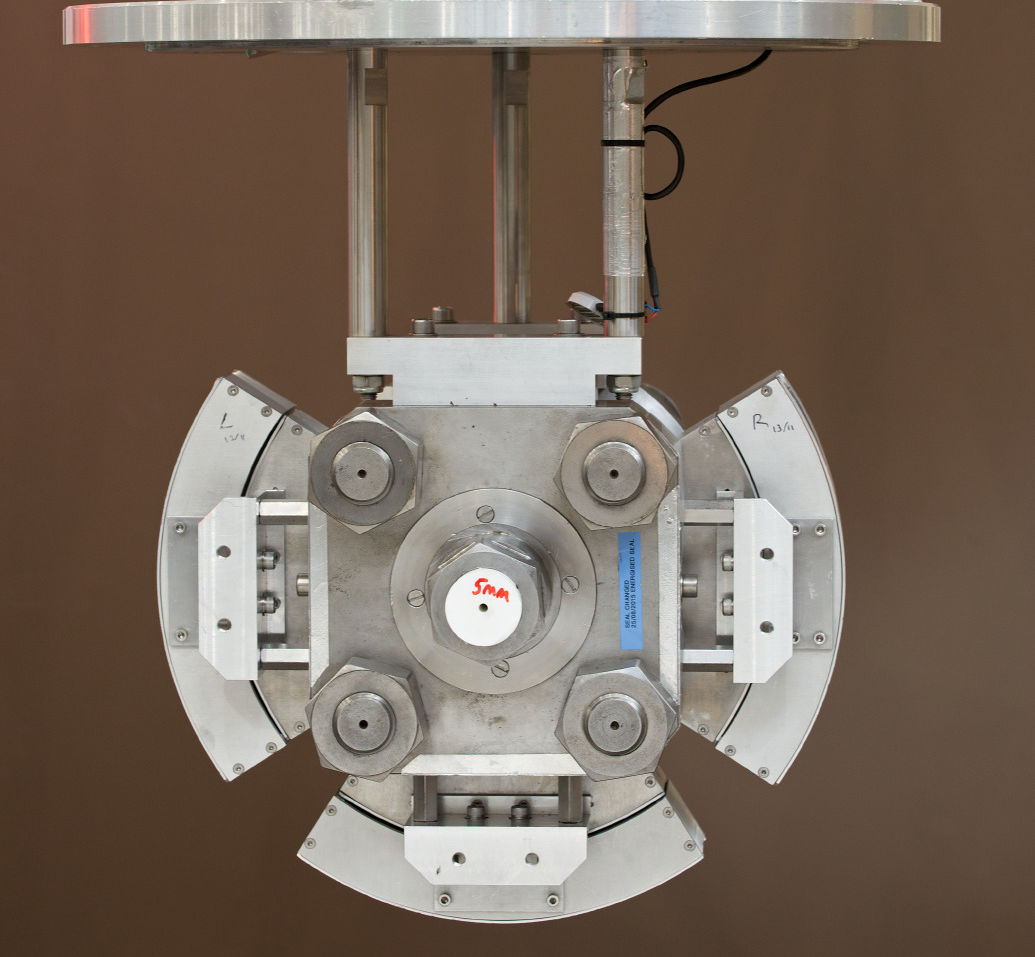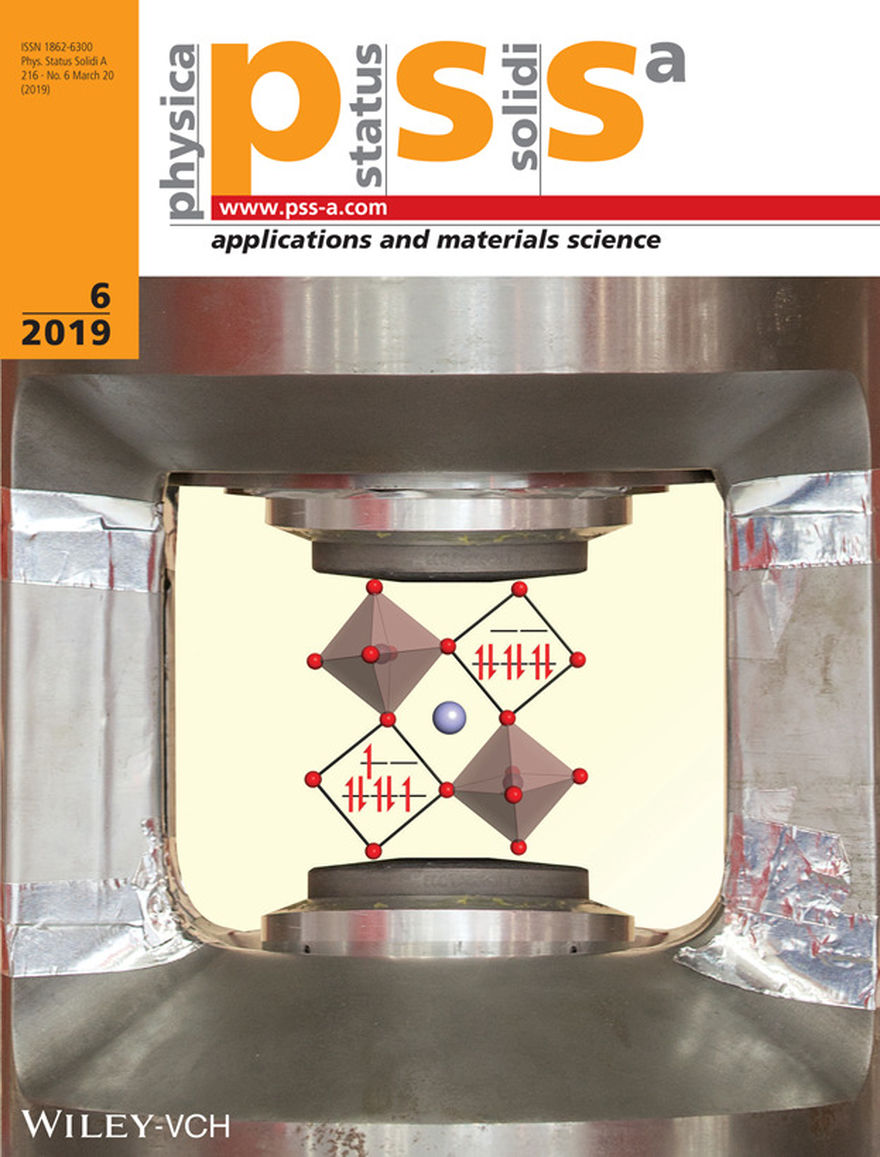
Photo: STFC
Mara Capone, student of the University of Edinburgh and co-funded by ESS and ISIS through an ISIS Facility Development Studentship grant, has been highlighted on the front page of Physica Status Solidi A.
At very high pressures, many times greater than those felt at the bottom of the Mariana Trench, it is possible to move atoms, altering the structure of matter and tuning important technological properties. The PEARL diffractometer at the ISIS Neutron Facility was designed specifically to measure these changes in atomic-level structure under pressure and postgraduate researcher Mara Capone has been using it to study an important class of materials called perovskites.
In her study, Mara focused on the magnetic material LaCoO3 observing it at up to 60,000 times atmospheric pressure. The electronic properties of LaCoO3 are governed by subtle distortions of the atomic octahedra that build up the structure, and Mara was able to measure these with greater precision than ever before. This revealed behaviour that completely contrasted with earlier x-ray work, which is far less sensitive to the position of oxygen atoms. Her research has completely changed our understanding of the material’s electronic properties.
Mara is now building on this work by developing a new pressure device called a diamond-anvil cell. This device has the potential to extend these studies to far greater pressures currently achievable: exceeding 1,000,000 times atmospheric pressure. The key to measuring the location of atoms under these enormous pressures will be to exploit the unmatched brightness that will be soon be available at the ESS. In particular, the diffractometers DREAM, MAGIC and HEIMDAL hold the promise of revealing an entirely new world of exotic high-pressure structures at the ESS.
| The article can be found here: https://onlinelibrary.wiley.com/doi/epdf/10.1002/pssa.201800736 |

























